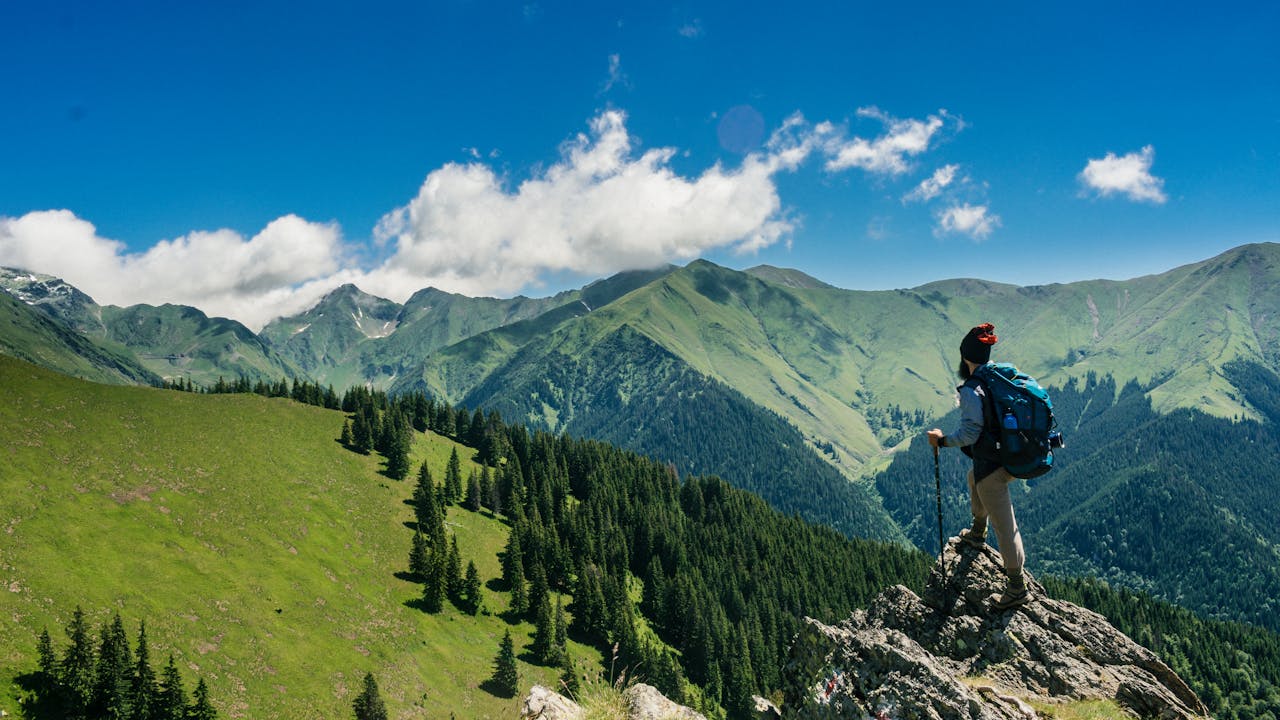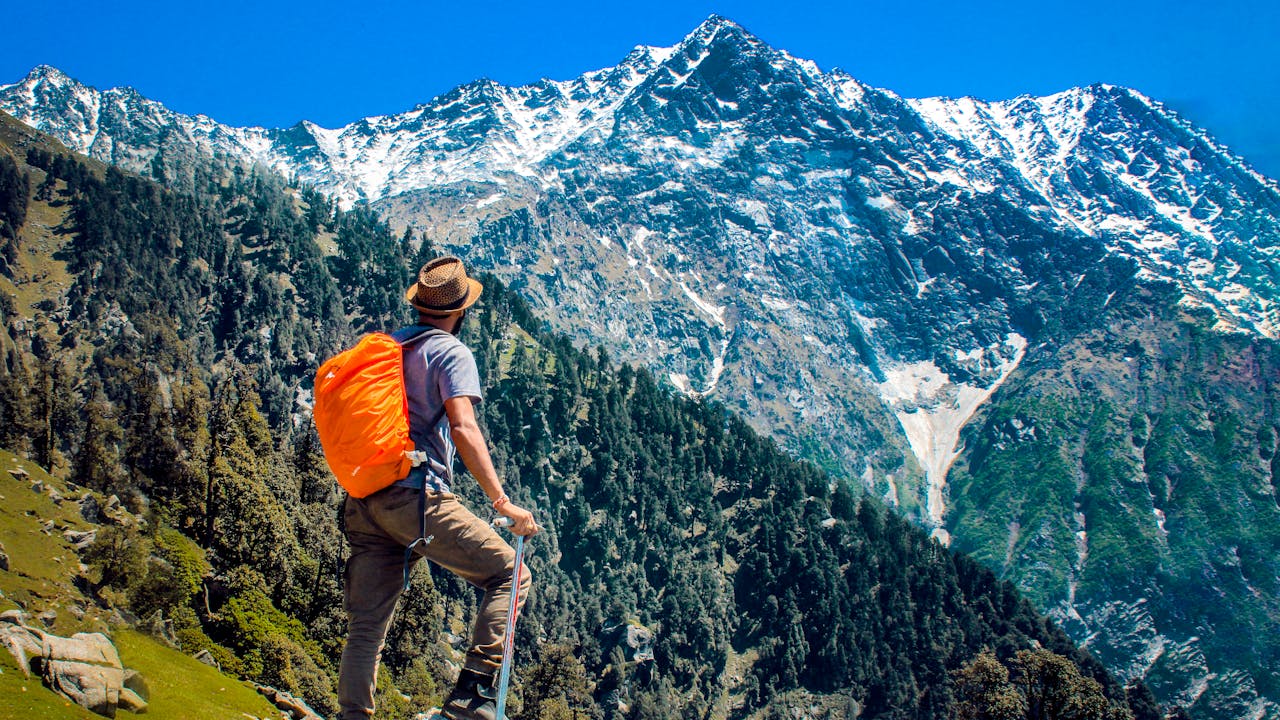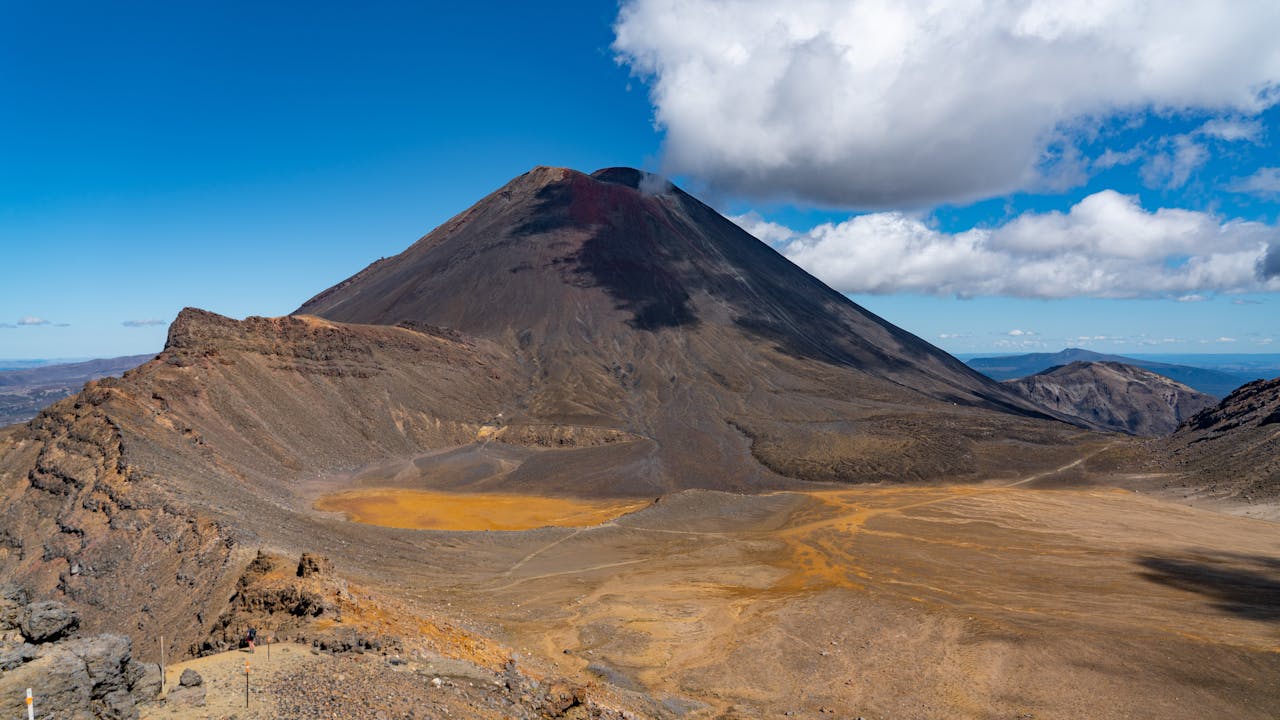Mountaineering is not merely a sport; it’s an endeavor that pushes the limits of human strength, resilience, and determination. From the icy slopes of the Himalayas to the rugged peaks of the Andes, mountaineers embark on exhilarating journeys, facing nature’s most formidable obstacles. Let’s delve into the captivating realm of mountaineering and explore its rich history, unique challenges, and profound allure.
A Glimpse into Mountaineering History
Mountaineering traces its roots back to the 18th century when European explorers began venturing into the Alps for scientific expeditions. These early pioneers laid the foundation for modern mountaineering, developing essential techniques and equipment. In the 19th century, interest in mountaineering soared as adventurers sought to conquer increasingly challenging peaks, leading to historic ascents of iconic summits like the Matterhorn and Mont Blanc.
The Essence of Mountaineering: Challenges and Rewards
At the heart of mountaineering lies the irresistible allure of challenge and adventure. Scaling towering peaks demands physical prowess, mental fortitude, and meticulous planning. From navigating treacherous terrain to enduring extreme weather conditions, every ascent is a test of skill and resilience. Yet, amidst the hardships, mountaineers find profound moments of triumph and camaraderie, forging bonds that transcend language and culture.
Technical Skills and Equipment
Mountaineering requires a diverse skill set, including rock climbing, ice climbing, and snow travel techniques. Mastery of rope systems, anchor placements, and navigation is essential for safe and successful ascents. Additionally, specialized equipment such as crampons, ice axes, and harnesses are indispensable tools for negotiating challenging terrain and mitigating risks. Proper training and experience are paramount, ensuring that mountaineers are well-prepared to confront the rigors of high-altitude environments.
The High-altitude Experience: A Test of Endurance
Ascending into the thin air of high-altitude environments presents unique physiological challenges. Mountaineers must acclimatize gradually to prevent altitude sickness, which can range from mild discomfort to life-threatening conditions such as pulmonary or cerebral edema. The body’s ability to function diminishes with each step towards the summit, requiring careful pacing and hydration to maintain peak performance. Despite the physical strain, the allure of reaching the summit drives mountaineers to push their limits and persevere against all odds.
Environmental Conservation and Ethics
Mountaineering is intrinsically linked to the preservation of fragile mountain ecosystems. As climbers venture into remote wilderness areas, they must minimize their environmental impact and adhere to Leave No Trace principles. Responsible practices such as proper waste disposal, respecting wildlife habitats, and avoiding damage to vegetation help preserve the pristine beauty of mountain landscapes for future generations. Additionally, mountaineers play a vital role as stewards of the natural world, advocating for conservation efforts and sustainable practices.
The Mountaineering Community: Unity in Diversity
Despite hailing from diverse backgrounds and cultures, mountaineers share a common bond forged by their love for adventure and exploration. Whether scaling the highest peaks or tackling challenging routes, the mountaineering community is united by a spirit of camaraderie and mutual support. Encounters with fellow climbers on remote summits often spark lasting friendships, transcending barriers of language and nationality. Through shared experiences and shared hardships, mountaineers form enduring connections that endure long after the descent.
The Perils of the Mountains: Risk and Resilience
Mountaineering is not without its dangers, and the mountains demand the utmost respect from those who seek to conquer them. Unpredictable weather, avalanches, and rockfall pose constant threats, requiring vigilance and adaptability. Despite meticulous planning and preparation, accidents can occur, testing the resilience of even the most experienced climbers. Yet, it is precisely in the face of adversity that the true spirit of mountaineering shines brightest, as climbers draw upon their inner strength and determination to overcome challenges and emerge stronger than before.
The Eternal Quest: Seeking New Horizons
For mountaineers, the quest for new challenges and uncharted peaks is a never-ending journey. From the highest summits to remote and inaccessible regions, the call of the mountains beckons adventurers to explore the unknown and push the boundaries of human achievement. Each ascent is not merely a conquest of physical terrain but a profound exploration of the human spirit, reminding us of our capacity for courage, resilience, and boundless curiosity.
Mountaineering is a testament to the indomitable spirit of the human adventurer, driven by a relentless pursuit of challenge and discovery. From the rugged peaks of the Himalayas to the icy vastness of Antarctica, mountaineers confront the forces of nature with courage and determination, forging unforgettable experiences and lasting memories. As they stand atop towering summits, gazing out upon breathtaking vistas, mountaineers are reminded of the awe-inspiring beauty and unfathomable power of the natural world, inspiring generations to come to follow in their footsteps.



